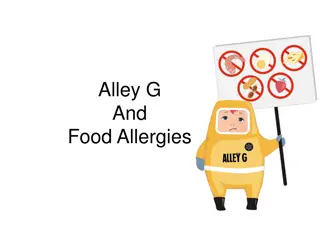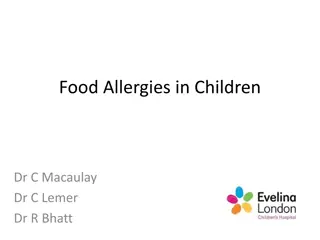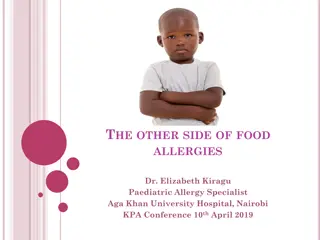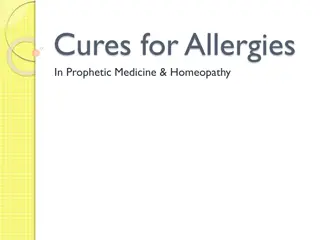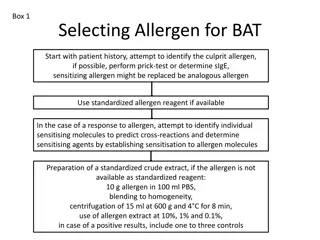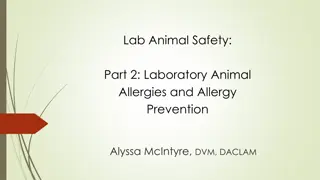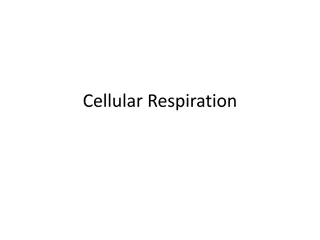Understanding Allergies to Animals and Living Organisms
Allergies to animals and living organisms are a result of specific immune processes triggered by allergenic substances like proteins and peptides. This allergic response can be caused by various animal proteins such as dog allergens Can f.1, Can f.2, and Can f.3, and cat allergen Fel d1. The representation of animal allergy substances in SNOMED CT helps categorize allergens like dander, epithelium, hair, and feathers. It's essential to differentiate between substances derived from animal structures and the allergenic proteins within them to better understand and manage animal allergies effectively.
Download Presentation

Please find below an Image/Link to download the presentation.
The content on the website is provided AS IS for your information and personal use only. It may not be sold, licensed, or shared on other websites without obtaining consent from the author. Download presentation by click this link. If you encounter any issues during the download, it is possible that the publisher has removed the file from their server.
E N D
Presentation Transcript
Allergy to living organisms Allergies are the result of a specific pathological immune process (potentially representing >1 mechanism) caused by a substance Allergy to living organisms (plants, animals, microorganisms) are due to substances derived from the organism and not the organism itself Allergenic substances are usually proteins and peptides. Small molecules that bind to protein carriers (haptens) can be allergens e.g. penicillin Carbohydrates can be allergens e.g. galactose 1-3 galactose The allergen content of an organism is usually composed of several distinct proteins Dog allergens Can f 1, Can f 2, Can f 3, Can f 4, Can f 5, Can f 6,
Representation of animal allergy and animal substances in SNOMED CT
Dander, epithelium, hair, feathers - 1 Epithelium represented in SNOMED CT as substances (for animals) and as a body structure 31610004 |Epithelium (body structure)| 256406004 |Animal epithelium (substance)| Same with hair 386045008 |Hair structure (body structure)| 276310004 |Non-human hair - material (substance)| Dander and feathers are represented in SNOMED CT as substances 264287008 |Animal dander (substance)| 256435007 |Feathers (substance)|
Dander, epithelium, hair, feathers - 2 Should we represent dander, epithelium, feathers, hair as both body structures and substances derived from those structures? Dander, epithelium, feathers, hair are not allergens. Allergens may be proteins either produced by the above structures or transferred to those structures from other sites such as saliva In terms of allergy content, unless otherwise specified, all animal danders, epithelia, hair, feathers, droppings should contain protein in the FSN This is a little tricky for allergens which are fully or partially transferred from other sites Fel d1, the major allergen of cats may be transferred from cat saliva although most is produced by the epithelial cells and dispersed by the dander Mechanism for associating organisms with body structures and substances needs to be developed


